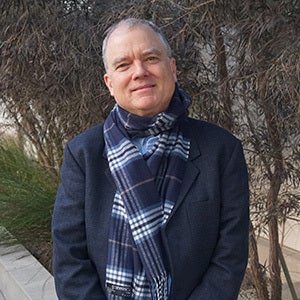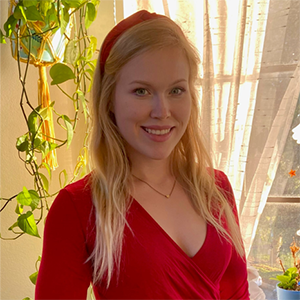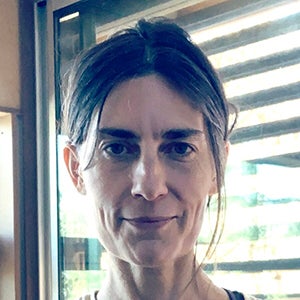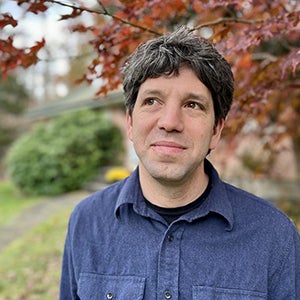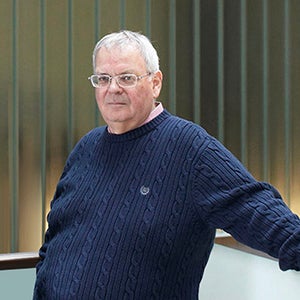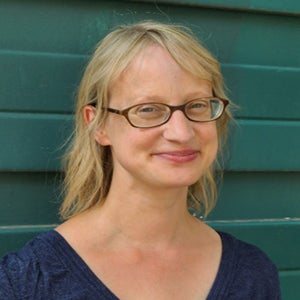Conference organizers:
Anne Goldgar, University of Southern California
Ethan Matt Kavaler, University of Toronto
Craft and Crafting in the Early Modern World
Friday & Saturday, May 3 & 4, 2024
Huntington Library
1151 Oxford Road, San Marino, CA
Ahmanson Classroom
9:30 –5:00 pm (PT)
See the conference program for a detailed schedule.
Notions of craft and crafting have become central to the humanities in the past twenty years, even as their implications have come under increasing scrutiny, and the very definition of these terms has been revisited. The philosopher Richard Sennett has explored crafting as an essential human activity, relating individuals to their environment. Sennett has stressed that the transference of craft techniques from one medium to another is a significant aspect of innovation. The historian Pamela Smith has understood crafting as an epistemological enterprise, a way of knowing the world and its interface with humankind. The anthropologist Alfred Gell has explored the sense of “enchantment” or magic that obtains when the manufacture of extremely skillful craft cannot be readily understood. And the curator Namita Gupta Wiggers has called attention to craft as performance within the “craftscape.”
People craft artworks and utilitarian objects. But texts and musical compositions and performances can also be seen as crafted entities. Feminist crafting and the practice of “craftivism” subvert traditional aesthetic categories, patriarchal hierarchies, and preconceptions about artistic authority. Religious identities and beliefs can likewise be crafted. The act of crafting can be material or immaterial, its products aesthetic, intellectual, social, or political, and the protean nature of the idea of craft—as skill, as knowledge, as profession, as deceit, as performance, among others—can be tracked through its uses in the English language: stagecraft, statecraft, witchcraft, and, in Barbara J. Fields and Karen E. Fields’s influential formulation, racecraft.
How was skilled making defined, classified, valued (or unvalued), and socially organized in the early modern period? How were skills of craft acquired, maintained, transmitted, kept secret, forgotten, or suppressed? How do the products of crafting bear witness to their creation? What power structures (of class, gender, race, sexuality, religion, and imperialism) lie behind the notions of craft and how are the products of crafting treated?
This is a joint conference of the USC-Huntington Early Modern Studies Institute and the Centre for Renaissance and Reformation Studies at the University of Toronto.
Presenters
“Crafting Narratives and Dividing Time in Early Modern Historical Writing”
“Compositional Craft and Musical Symbolism in 15th-century Song”
Laura Hutchingame, University of California, Los Angeles
“Ship Hull Ceilings and the Dialogue Between Crafts”

Richard Ibarra, University of Southern California
“Crafting Reputation on Stone and Canvas across the 16th-Century Atlantic”
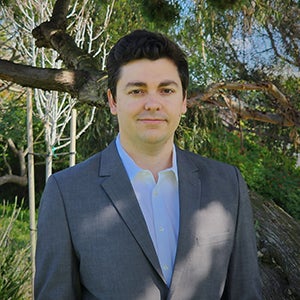
Ethan Matt Kavalar, University of Toronto
“Crafting between the Lines: Anton Pilgram’s Vienna Pulpit”

“Hurricanes and Hammocks: Indigenous Craft Knowledge and the Myth of Settler Scientific Supremacy”
“‘Perfect Mistress of her Needle’: Enslaved Lives and Sartorial Repurposing”
“Glued, Clung, Candied, Baked”
“A Fragile Triumph: Charles V’s Glass Entry into Brussels”
“Layered Refractions: Crafting Lithic Translucency in Early Modern Hardstone Inlay (1580-1630)”
“The Schemes of Redemption in Paradise Lost“
“Lawrence Sterne’s Marbled Page: Historical Construction and the Archive”
“Friction: Robinson Crusoe and the Technology of Violence”
“Ink, Paper, Glue, Pins: Making Manuscript Playbooks in Early Modern England”
“Seacraft”
“Flower Girls: Crafting Childhood”
Image: Nicolas de Largillière, James IV Roettiers de La Tour, c. 1730, oil on canvas. Courtesy of the Huntington Library, Art Museum, and Botanical Gardens.


